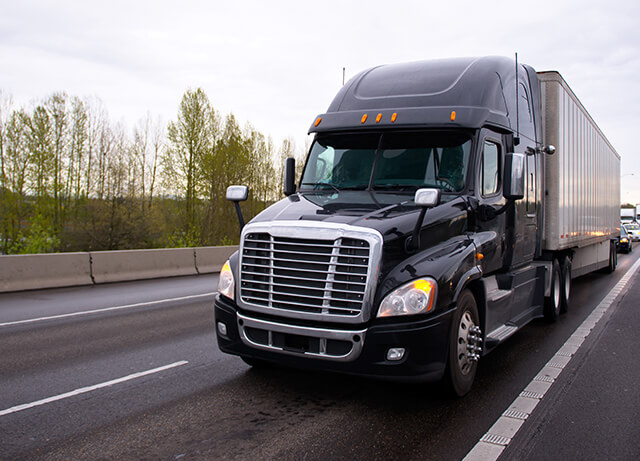Despite a global pandemic, investment in new advanced-technology diesel commercial trucks in the U.S. grew by over 6% between July 2019 and December 2020 – now representing nearly half (49%) of all diesel commercial vehicles on the road, according to new research from the Diesel Technology Forum.
Twenty-three states exceed the national average. Indiana is the top state, with 67% of all commercial diesel vehicles being model-year 2011 and newer. Since progressively cleaner diesel trucks were introduced in 2007 and 2011, significant clean air and greenhouse gas benefits have been realized.
“Results from the newest technology diesel vehicles are growing in the form of cleaner air and fewer greenhouse gases in communities all around the country,” says Allen Schaeffer, executive director of the Diesel Technology Forum. “While the promise of zero-emission commercial vehicles is growing, it may be many years, if not a decade or more, before these solutions enter the fleet in significant numbers. In the meantime, continued progress on improving air quality and lowering greenhouse gas emissions is essential and as this new research bears out, is being delivered primarily by investments in the new generation diesels.”
Beginning in 2011, all new heavy-duty trucks have been equipped with selective catalytic reduction (SCR) systems that utilize diesel exhaust fluid. Coupled with particulate control technologies developed to achieve the 2007 tailpipe standard, these combine to achieve NOx emissions of no more than 0.20 grams per brake horsepower hour (g/BHP-hr) and PM emissions levels of no more than 0.01 g/BHP-hr.
Even more stringent emissions standards are in development, subject to ongoing discussions led by the U.S. EPA.





